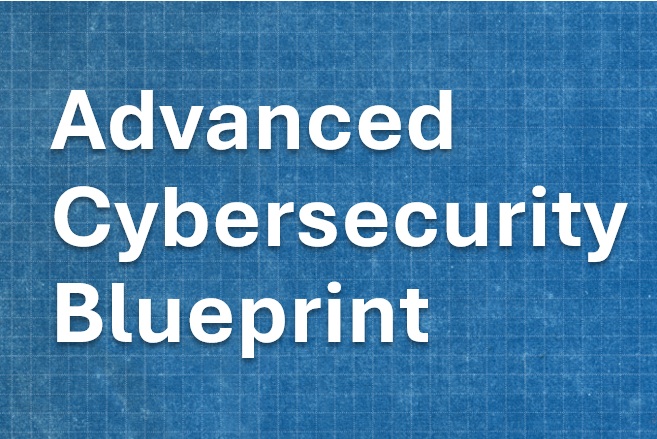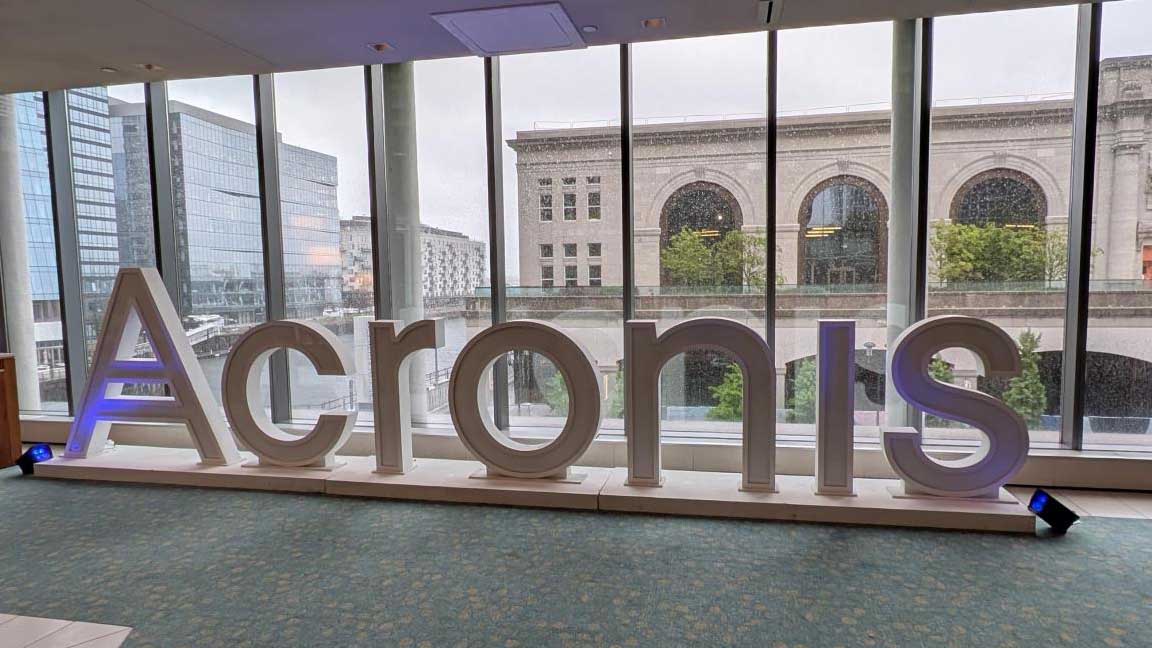Intermedia, a leading cloud communications and collaboration provider to SMBs and the partners that serve them, has released findings from its†2018 Workplace Communications Report, which examines the evolving work behaviors of U.S. professionals.
Employee expectations spur technological change (or is it the other way around?)
With millennials now making up the†largest generation in the U.S. labor force, and the short-term contractor/freelancer “gig economy” estimated†to grow to 43% by 2020, the definition of “workplace” and what a “workday” is continues to shift. Not only are employee behaviors changing, but so are their expectations around technology, spurring organizations to examine the tools needed to foster a more collaborative, productive, and accessible workforce.
Mobile work applications redefine “office hours”
The rapid adoption of mobile applications is enabling on-the-go employees to constantly get work done outside of the office. Playing an increased role in how employees manage their workday, mobility no longer just means access to email and mobile phone service – it now includes everything from chat, to video conferencing and file sharing, to submitting expense reports.
According to Intermedia’s Workplace Communications Report, 71% of the total professionals surveyed said mobile applications give them peace of mind by providing timely updates on where work projects stand, and 66% feel work apps allow them to be more efficient.
Mobile applications have also drastically changed how workers approach their commutes. Instead of waiting to get into the office, workers are now leveraging their commutes as another opportunity to get work done:
- 51% of respondents regularly begin their workday (e.g. checking emails, taking calls, etc.) on their commutes before reaching the office
- Of those who begin their workday on their commutes:
- 19% say it allows them to get their day started on the right foot
- 39% report that the work completed on their commutes allows them to spend less time in the office, with organizational leaders1†registering even higher (54%) – highlighting the value of utilizing time spent in-transit
Workplace technology is affecting employee attraction and retention
Video conferencing and other communication technologies have become vital necessities to not only conducting more efficient and productive business, but also in attracting strong†candidates.†In fact,†more than one-in-four survey respondents†say they would not take a position at a company†that did not offer certain tools for communicating, including a cell phone (30%), video and conferencing services (28%) or instant messaging (27%).
Video conferencing is now so common at work that one-in-five knowledge workers say they use video conferencing daily within their organization, with organizational leaders preferring to communicate with colleagues via video and web conferencing (22%) more than any other method, including email (20%), landline phone (18%), cloud-based phone system (11%) or cell phone (11%).
Video conferencing also plays a critical role in helping employees save travel time and companies save money. When considering their experiences over the last three years:
- 75% of organizational leaders say their work travel has been reduced due to expanded video conferencing capabilities
- 59% of knowledge workers say they always prefer using video conferencing over work travel, with 73% of knowledge workers who work remotely half the time or more saying work-related travel has been reduced due to the availability of video and web conferencing services
Email still reigns as a high-value communication and collaboration tool
While tools like chat and video conferencing become much more prevalent, email still isn’t going away:
- 87% of respondents agree that email is the primary mode of communication employees use within their organization
- 64% consider email to be part of their organization’s unified communications toolset
“Email remains a critical component to how businesses communicate. And as advances in technology continue to build, the opportunity for companies to streamline their productivity tools into a more integrated, efficient, effective, and unified experience builds as well,” said Irina Shamkova, SVP of Product Management at Intermedia. “Email no longer needs to act as a standalone application – instead, it can easily be integrated with a number of business productivity solutions, including video and web conferencing, file backup, chat, and more. Effective communication and collaboration serves as the backbone of business success. By creating a more seamless experience, companies not only improve productivity and efficacy, they also become more agile and are able to better adapt to changing employees’ and customers’ expectations and needs.”
Virtual assistants and voice-activated tools will take to the office
Just as personal assistant apps and voice-activated tools have entered our personal lives, it won’t be long until they become the norm in our work lives as well:
- More than two-in-five†knowledge workers say voice-activated virtual assistants would be helpful in a work setting for efforts such as:
- Providing calendar updates and voice prompts for calendar reminders (48%)
- Taking notes based on conversations (45%)
- Transcribing voice prompts into text to be sent in emails (44%)
- 40% of millennials indicate that it would be helpful to launch video and voice meetings by simply asking a voice-activated virtual assistant
“As technology continues to facilitate the future of work, it’s time for organizations to recognize the future of employee expectations as well. From mobile applications to video conferencing to email and voice assistance, employees want technology that works for them, not the other way around,” said†Costin Tuculescu, VP of Collaboration Product at Intermedia.†”Simply put, organizations that leverage the unified communications technologies employees are looking for will be the ones better positioned to succeed. Additionally, as a result of these technologies removing location restrictions and promoting a more flexible work environment, companies can experience a positive impact on their ability to recruit, hire, and retain top talent.”
Survey Methodology
This study was commissioned by Intermedia and delivered by Branded Research†Inc., an independent market research organization. Branded Research has an active proprietary panel of over 3 billion respondents, which is routinely validated with a stringent screening process including Verity†and RelevantID by Imperium. Results were derived from a 17-minute online survey instrument with 51 total questions, fielded†April 4-9, 2018 for a total of 1,040 responses. Setup questions were used to ensure that only U.S. knowledge workers were in the sample, which was defined as those who routinely work in an office environment. Overall margin of error of +/- 3% at a 95% confidence interval.














